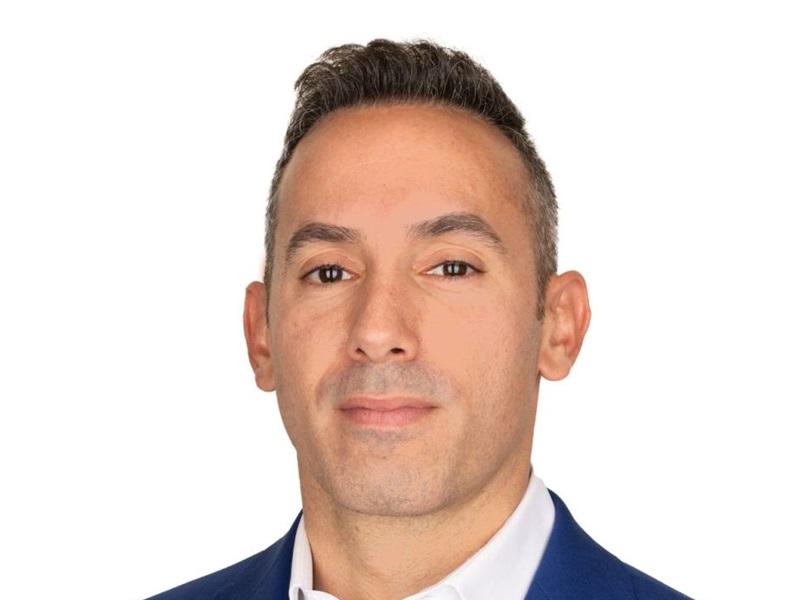For the purpose of this conversation, let’s assume you are sitting on cash or liquid asset(s) and have decided to invest a portion of your available capital into commercial real estate.
What factors need to be considered to make a prudent investment decision?
I wrote about the advantages of partnerships, but let’s say the idea of a partnership does not interest you.
Which sector is right for me?
Many individuals I speak to see multi-family as the most comfortable first plunge into commercial real estate.
It is traditionally the safest asset class; however, it is typically the most onerous from a management perspective (the pros and cons of other purpose-built investment property, such as mini-storage and hotel/motels, will be covered at a later date).
I would categorize multi-tenant retail located within a good area on an arterial road with good traffic count as the next-most-reliable asset class. Even in secondary markets, this sector will usually experience the least vacancy.
I recommend you reserve investment office and industrial investment capital for major markets. It can be difficult to predict how long it might take to fill a vacancy in a secondary market in these two sectors.
What if I experience long-term vacancy?
It’s important to consider a worst-case scenario: In the case of a single-tenant property you need to be able to carry the debt servicing and occupancy costs for the entire property in the event your tenant vacates.
For example, a buyer of a $7,500,000 single-tenant property would typically want to have a net worth of $35,000,000 plus.
If the property went vacant after the term of the lease, an owner would have to absorb the payments on the mortgage of $478,000 (potentially 75 per cent of $7,200,000 at four per cent over 15 years) plus occupancy costs and utilities of $158,000 = $636,000 per year total.
The more diversified the tenancy, the less exposure to an investor.
If there were two to five separate tenants in the building, it could be of interest to investors with proportionately less net worth; possibly $15,000,000, for example.
In the case of a multi-tenant building, it’s important to look closely at the rent roll to make sure the leases don’t expire at the same time.
The more spread out those expiries are, and the greater financial depth your tenants have, the more secure the investment is considered.
How diversified should my investment be?
Obviously, safety increases in proportion to the diversity of your investments.
As your portfolio grows, your long-term plan should consider among many things, both geographical and asset-class diversity. Any one investment should not take up more than 10 – 20 per cent of your total financial assets.
Speak to other successful commercial real estate investors about their experience and how they approached these questions. You will find we all have our own unique perspective.
Through research and professional guidance, you can develop a strategy that is right for you.
Other articles of interest:
* http://saskedge.ca/watch-hair-growth-cre-investments/
* http://saskedge.ca/five-key-benefits-of-commercial-real-estate-investing/







